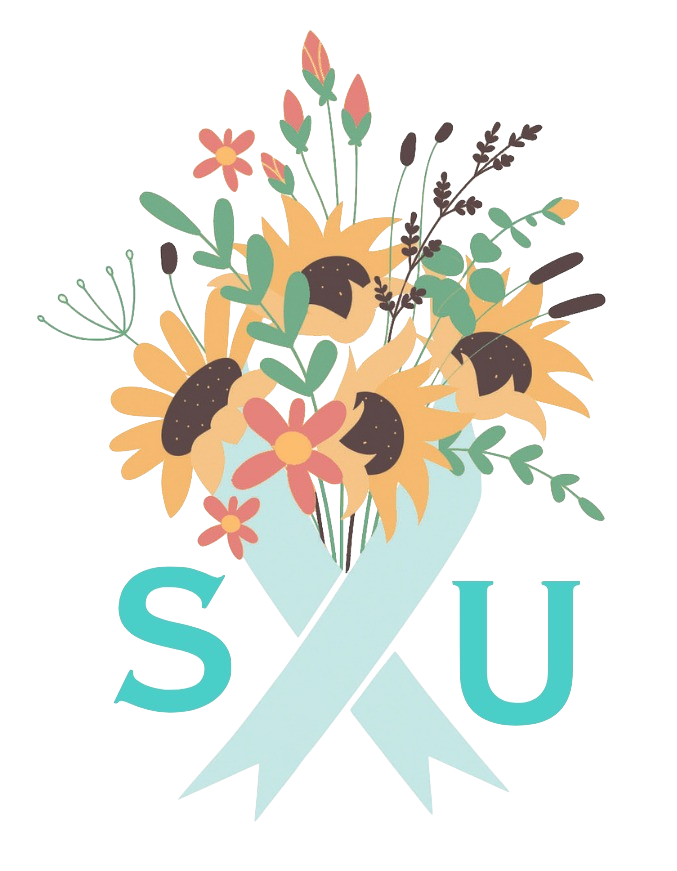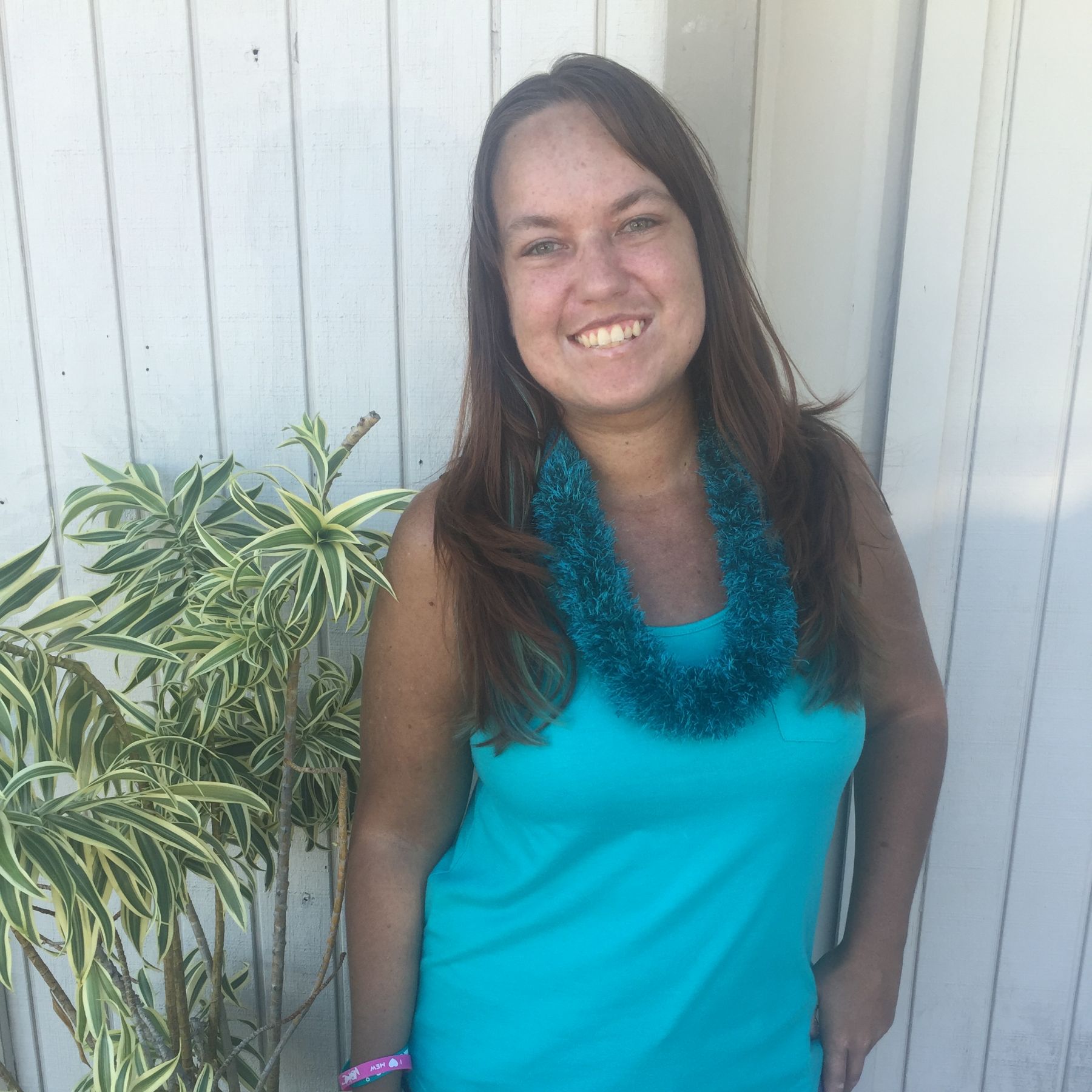Tiare Tolzmann
Kailua-Kona, Hawaii (United States)
TIARÉ TOLZMANN
Scleroderma Stories Issue 3
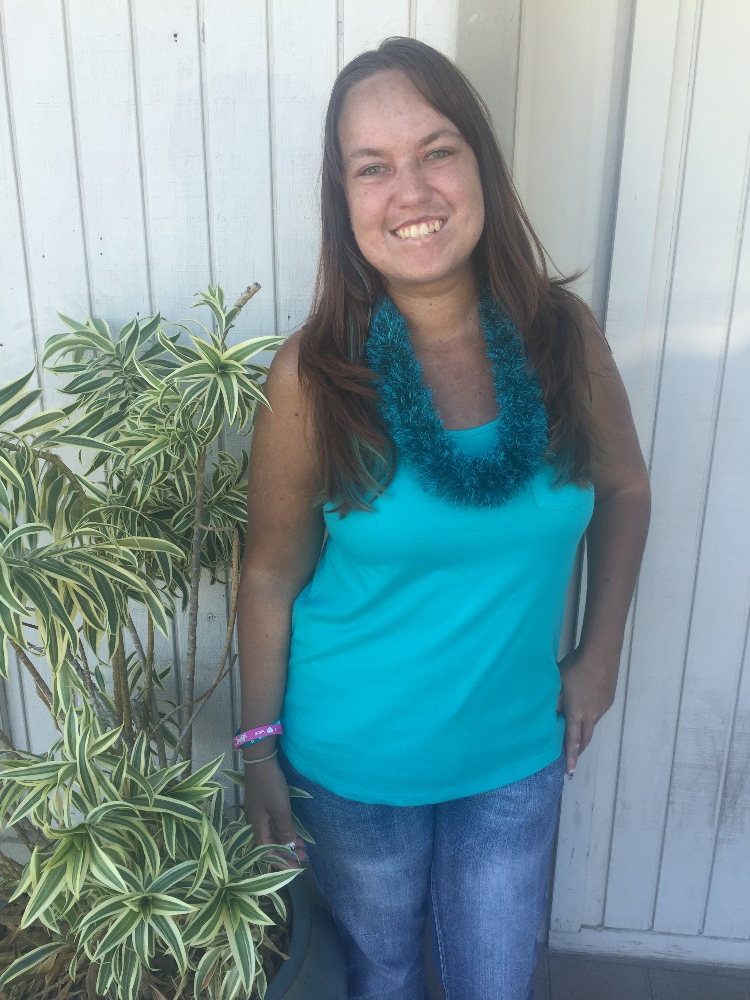
Please introduce yourself
My name is Tiaré Kelikoa‘elakauaikekai Tolzmann. I am 30 years old and live in Kailua Kona with my husband, Alvin. My parents, two brothers, maternal grandmother, and 3-year-old niece and nephew all live within a few miles. I am very close with my family, and they are a major source of support to me with my scleroderma.
How has your culture and heritage influenced your experience living with scleroderma?
I am mixed racial, raised in a multicultural household with Native Hawaiian, Asian, and American cultural practices.
Native Hawaiian beliefs regarding health view health care as a balance of caring for physical, mental and spiritual health. I believe that this outlook has helped me greatly in balancing my scleroderma healthcare with the rest of my life, especially in the early parts of my disease.
The Asian beliefs from my mother and grandmother place emphasis on the role of diet in health, and I modified my diet substantially since having scleroderma.
What are your hobbies?
My main hobbies are reading, video gaming, and writing. Scleroderma involvement in my hands impacts my ability to use video game controllers and typing, so I have to limit my time spent partaking in these activities. Being able to indulge in hobbies helps me to relax and take my mind off my scleroderma symptoms.
When were you diagnosed with scleroderma?
I was diagnosed with diffuse scleroderma in November 2015 at the age of 25. At the beginning, I mostly had typical scleroderma GI symptoms – acid reflux, food intolerance, rapid weight loss. Two months later I developed telangiectasias and Raynaud’s.
Five months passed between my initial symptoms and my diagnosis. I had not heard of scleroderma before I was diagnosed, but I was familiar with autoimmune diseases like lupus and MS. My mother was a hotel concierge who knew Sharon Monsky, the founder of the Scleroderma Research Foundation. When diagnosed, I was upset that it was not a curable condition, but I was relieved to finally have an answer to why I was so sick. I was also happy to hear that it wasn’t something that was my fault.
I had a hard time reconciling my declining health with how active I was (I was in college and had three part-times at the time). I was frustrated that I had to cut down the pace of my life so drastically and learn what my new limits were.
Still, I hit the ground running. I love to learn, and I feel empowered by having knowledge about possible symptoms and treatments. I also feel good about being informed enough to pass along information to other patients and advocate for scleroderma awareness.
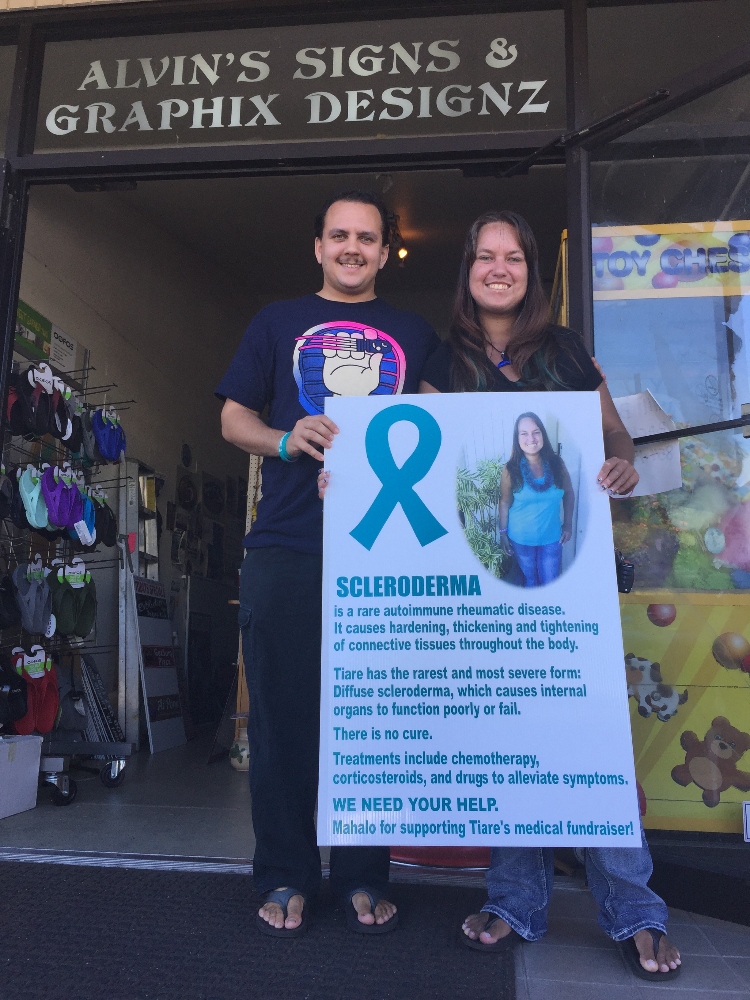
Could you please describe the symptoms you’ve developed since your diagnosis?
Three months after I was diagnosed with scleroderma, I had a scleroderma renal crisis with internal bleeding (March 2016). I was in the hospital for several weeks, requiring blood transfusions, a dozen medications, and round-the-clock care and monitoring.
If I had not been diagnosed with scleroderma before the renal crisis, I wouldn’t still be here. The medications used to treat scleroderma renal crisis are very different from those used for typical kidney disease. Developing scleroderma renal involvement really changed my symptoms.
I have to be very careful with my diet, from the types of food to the amount of fluids I have on a daily basis. I get tired easily and have to monitor my blood pressure daily. I take medication 7 times a day, and I have to remember every dose. I developed neuropathy, one of the worst symptoms I have to deal with because it is so painful and comes out of nowhere.
The hardest part of living with scleroderma is the tumultuous nature of the disease. You can be stable for a long time and suddenly develop a problem out of nowhere. Every patient is so different, and it’s hard to know how long a symptom will last or if it will get worse. Really, any symptom can be the “hardest” to deal with at any given time because the severity varies so much. For me, the strain on mental health is the hardest thing to deal with. It is not a direct symptom of scleroderma, but it is a result of living with it.
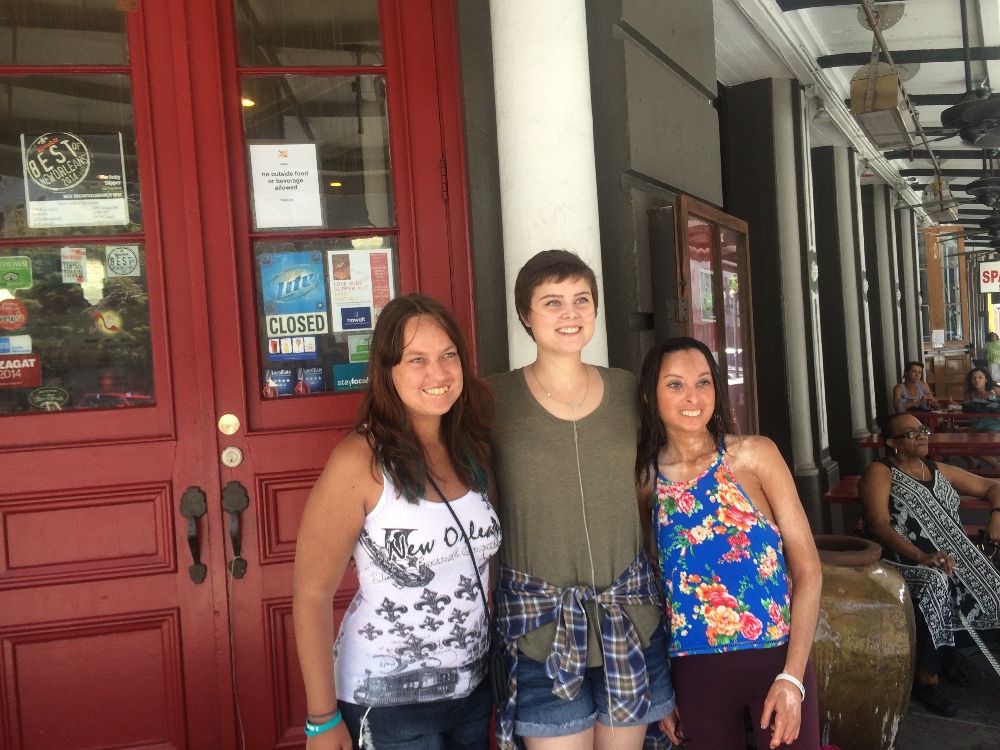
How has scleroderma affected your job and relationships?
I became unable to work after my renal crisis. I do not have the stamina to work full time. I am also on three immunosuppressant medications, which prevents me from working with people because my risk of getting sick is too great. I can still type, and I do freelance writing, but I have to be careful not to strain my fingers by typing too much.
What mindset or lifestyle changes have you made as a result of scleroderma?
My energy level dropped significantly post scleroderma. I used to be one of those “I’ll sleep when I’m dead” people. Now, I frequently take afternoon naps. It is rare that I am completely excluded from activities, but I do have to make modifications and pace myself.
Scleroderma has forced me to appreciate the good days. I have learned to focus on the positive while recognizing the impact of the negative.
Have changes to your physical appearance influenced your view of yourself?
Ironically, when I was first getting sick people kept telling me how great I looked, and it would upset me to no end. On the outside, it simply looked like I’d lost weight, got a tan, and had cosmetic treatment on my face. It wasn’t obvious that my GI was shutting down and I couldn’t eat, or that the hyperpigmentation was from kidney disease.
Scleroderma did change my face shape, and I do feel weird about looking at old photos and feeling like I can’t reconcile that person with myself.
What helps you get through difficult times?
My family, my husband and my friends are all amazing sources of support. The best thing that they do for me is make me feel normal. When there is a question of needing accommodation or help, they are great about asking me instead of assuming.
As someone with scleroderma, have you had to make any special adjustments for the pandemic?
We have had to distance from others. We do not let anyone come inside our house, and we have only been physically close to immediate family.
We are lucky to live on Hawaii Island, where we are able to get outdoors and maintain social distancing. When we do go to the store, we wash or wipe down packages with cleaning products.
What are some of the medications you have taken?
I take omeprazole for acid reflux, amlodipine for Raynaud’s, and losartan and carvedilol for blood pressure. For immunosuppression, I take methotrexate, mycophenolate, and hydroxychloroquine.
I also take opioid pain medicine as needed for severe pain. I took Lyrica and gabapentin in the past for neuropathy, but I had a lot of side effects and they gave me serious brain fog.
Do you have a lot of scleroderma-related expenses?
Many of my out of pocket scleroderma expenses have to do with lifestyle support, such as special foods, therapeutic devices, and medical travel. I have to follow a renal friendly diet, which involves buying low sodium ingredients. Renal safe supplements are expensive and not covered by insurance. I also treat my pain with a TENS unit purchased out of pocket. My gastroenterologist is on another island, so I have to buy a plane ticket every time I see him as well as ground transportation.
Since I don’t work, I receive SSDI money every month. I have to carefully budget for health expenses, and we try to keep a good amount in reserve in case of an unexpected health cost. Having to worry about health care costs makes me much more thrifty.
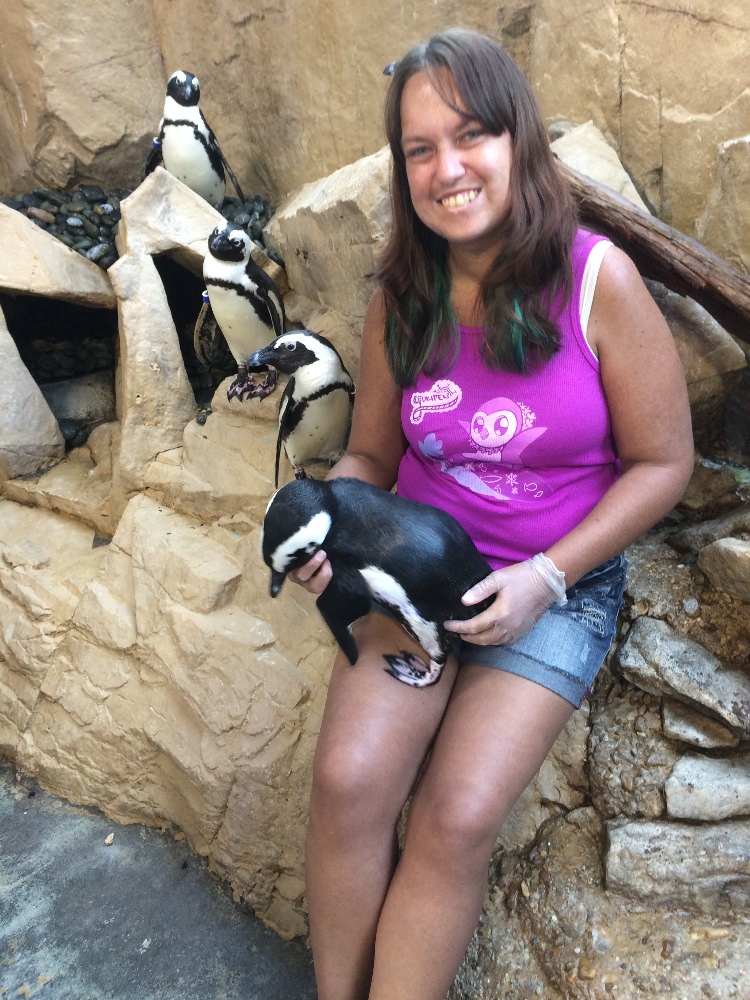
Are you in any online scleroderma communities?
I am a member of several scleroderma Facebook groups. I like to read posts in the groups and know I’m not alone in what I’m going through.
I more often find myself commenting and providing feedback on others posts more than posting myself. I feel good about helping others, and it makes me feel like I’m making a difference.
Have you met anyone else with scleroderma?
Interestingly, the spouse of my old boss has scleroderma, so I knew someone right away. Her symptoms are very different from mine, but it helped to know someone had it for so long and was still around! After my renal crisis, myself and my parents traveled to the National Scleroderma Patient Education Conference. There, we met many other scleroderma patients.
Meeting other young adults with scleroderma made a huge impact on my view of living life with scleroderma. It really renewed my enthusiasm for life. It was not only an expression of kinship with other patients, but making real friends that are special people apart from having scleroderma.
What are some of your goals or dreams for the future?
I want to create a patient-to-patient conference to serve scleroderma patients and enable them to live their best lives with scleroderma. I’d like to host it in Hawaii as a trans-pacific effort with other Pacific Ocean bordering nations with large scleroderma organizations, such as the Philippines and Australia.
I am very passionate about Hawaiian culture, and I am currently able to share it with others by writing for Big Island Pulse, a community news and interest site.
Be sure to follow us on Instagram and Facebook (@sclerounited) to see more scleroderma warriors’ journeys in our weekly Sclero Sunday series.
Are you a scleroderma warrior? We’d love to interview you for Scleroderma Stories! Please visit tinyurl.com/share-my-sclero-story or email us at contact@sclerounited.us
